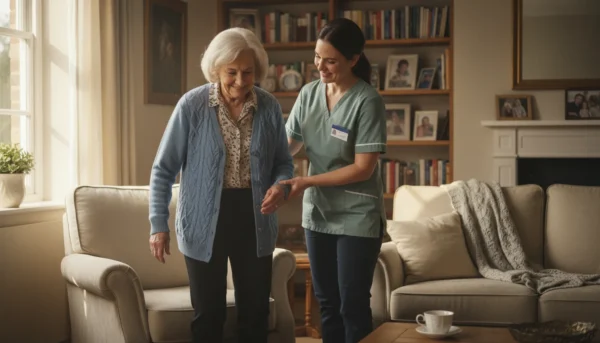
Understanding Long-Term Care Insurance: Is It Worth It?
Understanding Long-Term Care Insurance: Is It Worth It? As you navigate your retirement years, planning for potential future health needs becomes

Understanding Long-Term Care Insurance: Is It Worth It? As you navigate your retirement years, planning for potential future health needs becomes

How to Host Multi-Generational Family Gatherings on a Budget Bringing your family together, from the youngest grandchild to the eldest great-grandparent,
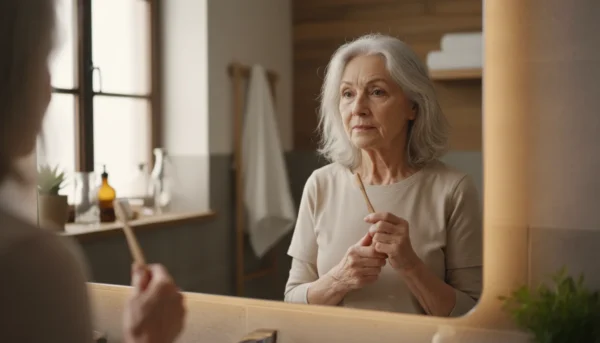
The Truth About Dental Insurance for Seniors Over 65 Navigating healthcare in retirement presents unique challenges, especially when it comes to
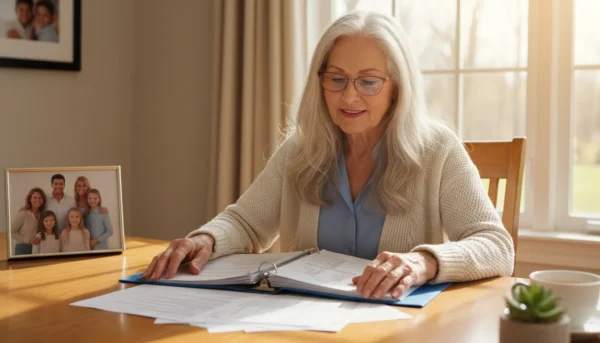
How to Deal With Adult Children Who Want Your Money As you navigate your retirement years, you naturally want to provide
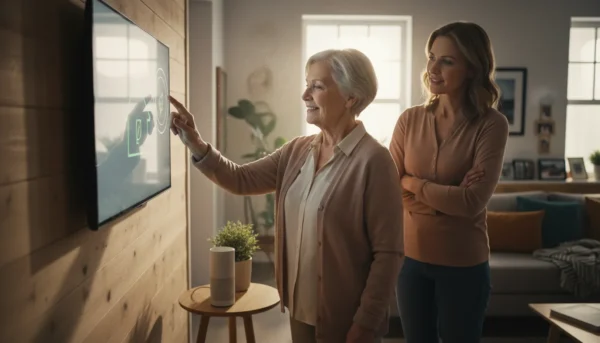
Senior-Friendly Smart Home Devices That Actually Help Retirement opens doors to new adventures, cherished connections, and the freedom to truly enjoy

How to Create a Legacy Video for Your Family Your life story is a treasure. It holds unique experiences, wisdom gained,

The Best Audiobook Services for Seniors With Vision Challenges Embracing retirement means discovering new ways to engage your mind, connect with

Managing Multiple Medications: A Senior’s Organizational Guide Managing multiple medications becomes a common reality for many seniors. As you age, your
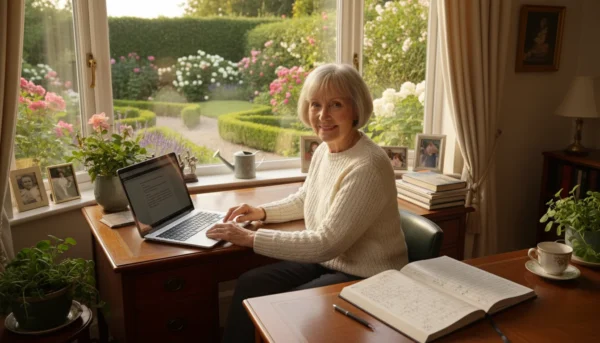
How to Transition from Full-Time Work to Part-Time Retirement Transitioning from a full-time career to part-time retirement, often called phased retirement